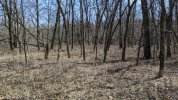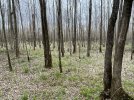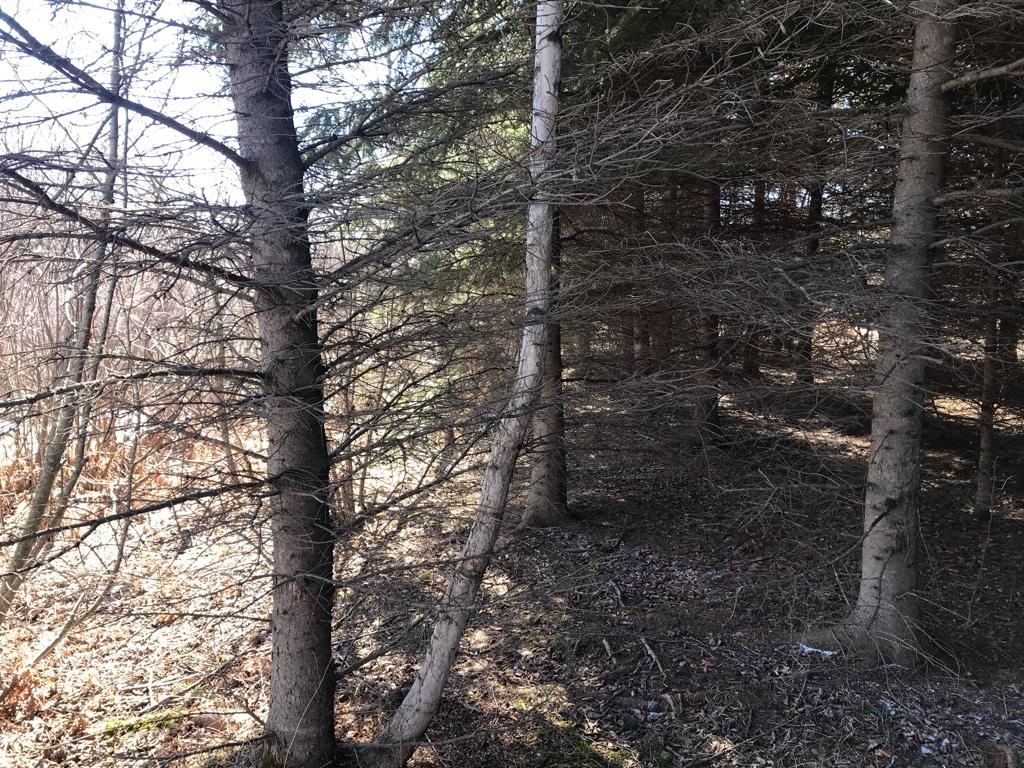Hoytvectrix
5 year old buck +
We have a creek splitting our property in half and the flat ground that surrounds this creek is what many consider river bottom ground. See photo below.
This is a sizable portion of our property that is mostly unused by whitetails for most of the year. In the summer months does take their fawns in their to feed on annuals like chokeberry. In the fall, winter, and spring, it is incredibly thin and you can generally see 75-150 yards no problem. I know some guys like to hunt river bottoms because they often serve as staging areas. I question if these aren't too thin of areas, especially with deer having to cross between these and our food plots/Ag fields. The existing trees are mostly elms, hackberry, and cottonwood.
What are ways to improve these areas so they provide more value to whitetails during the fall, winter, and early spring? Should we be trying to thicken these areas up with hinge cutting? Plant mast trees?
This is a sizable portion of our property that is mostly unused by whitetails for most of the year. In the summer months does take their fawns in their to feed on annuals like chokeberry. In the fall, winter, and spring, it is incredibly thin and you can generally see 75-150 yards no problem. I know some guys like to hunt river bottoms because they often serve as staging areas. I question if these aren't too thin of areas, especially with deer having to cross between these and our food plots/Ag fields. The existing trees are mostly elms, hackberry, and cottonwood.
What are ways to improve these areas so they provide more value to whitetails during the fall, winter, and early spring? Should we be trying to thicken these areas up with hinge cutting? Plant mast trees?



